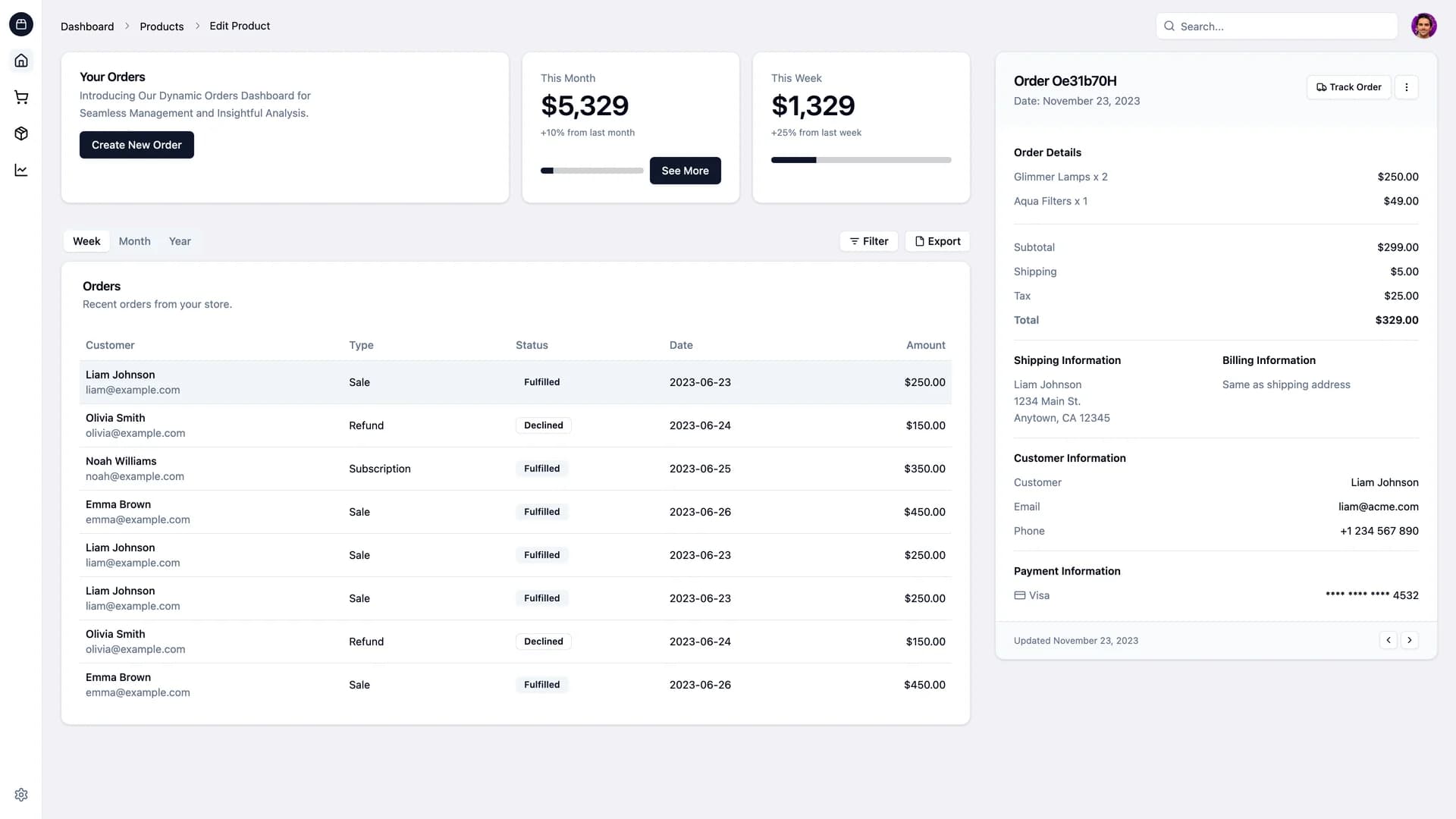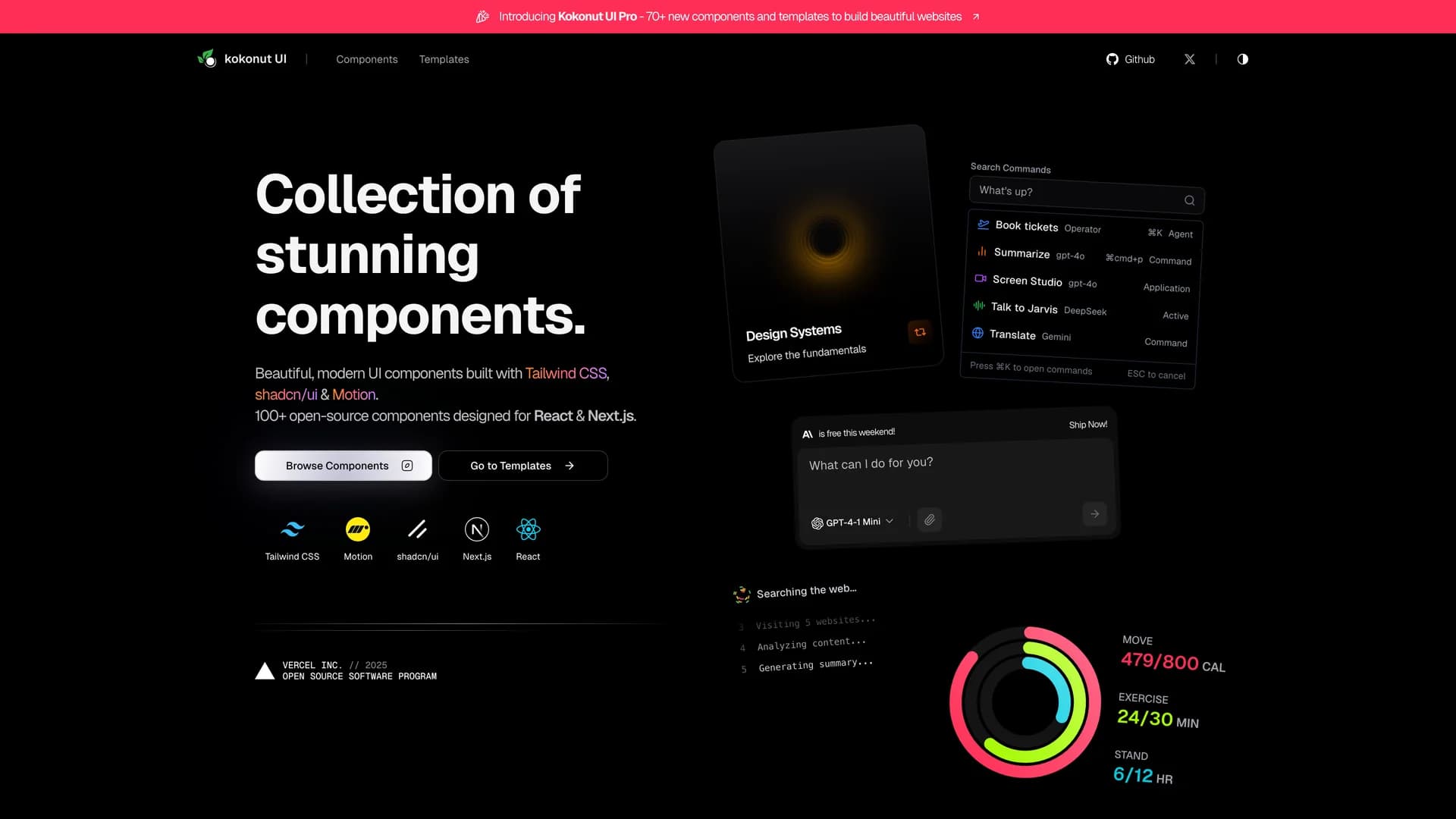
About This Template
Expo DOM Components Example is a comprehensive demonstration project built with TypeScript, Expo, React, Tailwind CSS, and MDX, showcasing how to use DOM components in Expo applications with integrations from shadcn/ui, React Three Fiber, emoji-mart, and react-mobile-cropper. This practical reference implementation demonstrates cross-platform development techniques by combining web and mobile technologies in a unified codebase that runs on web browsers and iOS devices (via TestFlight). The project includes examples of UI component integration from shadcn, MDX content support for rich documentation, React Three Fiber demos for 3D graphics, image cropper functionality for media manipulation, and emoji picker integration for user-generated content. Perfect for developers building cross-platform applications with Expo, teams evaluating Expo's web capabilities for progressive web apps, mobile developers transitioning to web development with familiar tools, or any project where code sharing between web and mobile platforms reduces development costs and maintenance overhead. Created by Evan Bacon, this example serves as an authoritative reference for implementing DOM components in Expo environments, demonstrating how modern React patterns, web libraries, and mobile frameworks can coexist in a single application architecture while maintaining native-quality user experiences across platforms.
Related Templates


